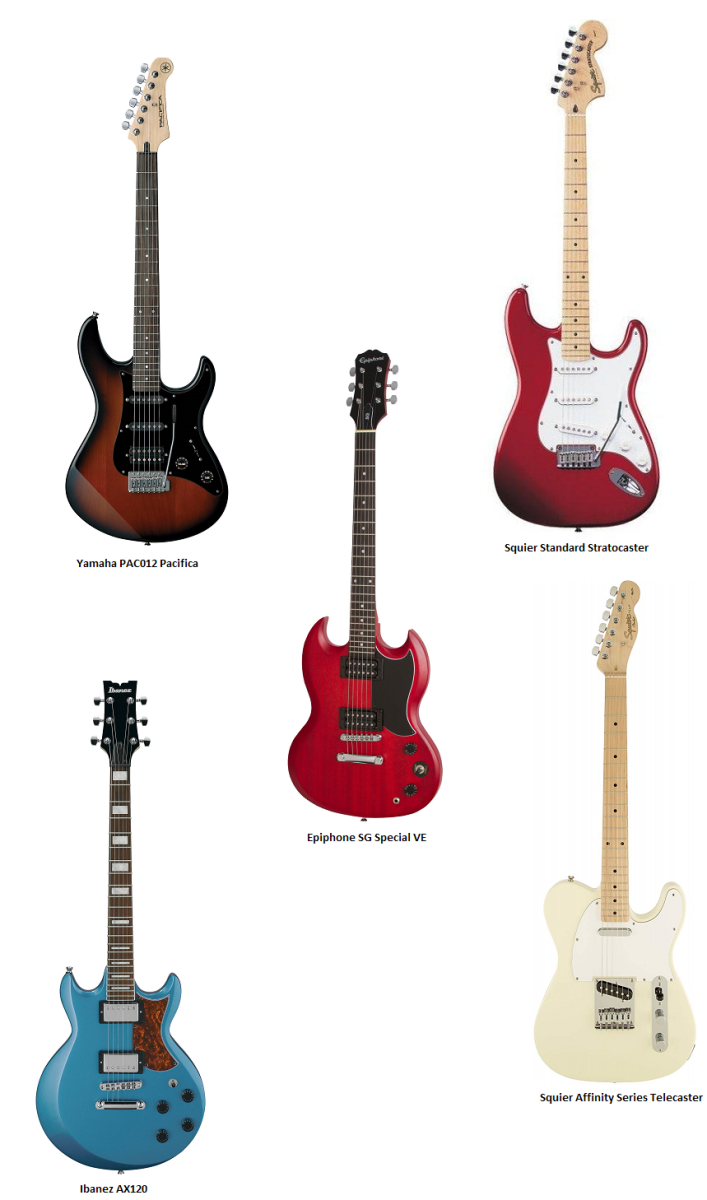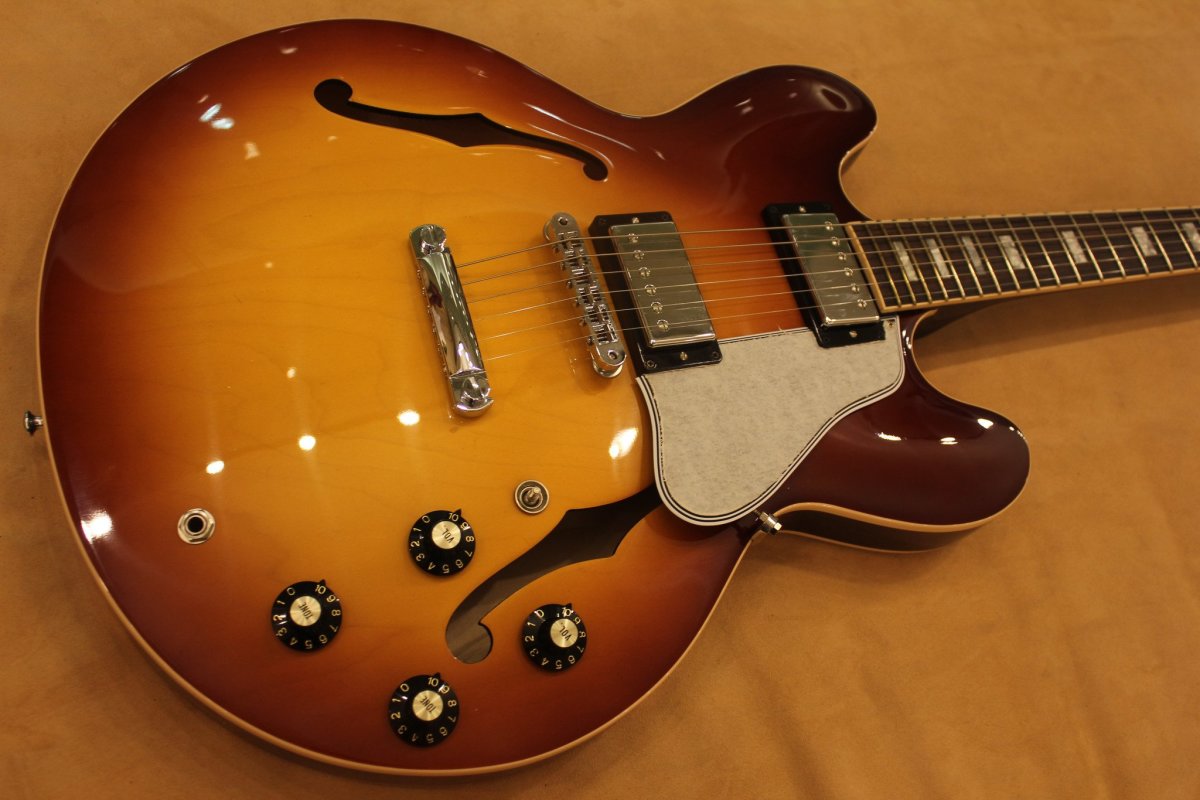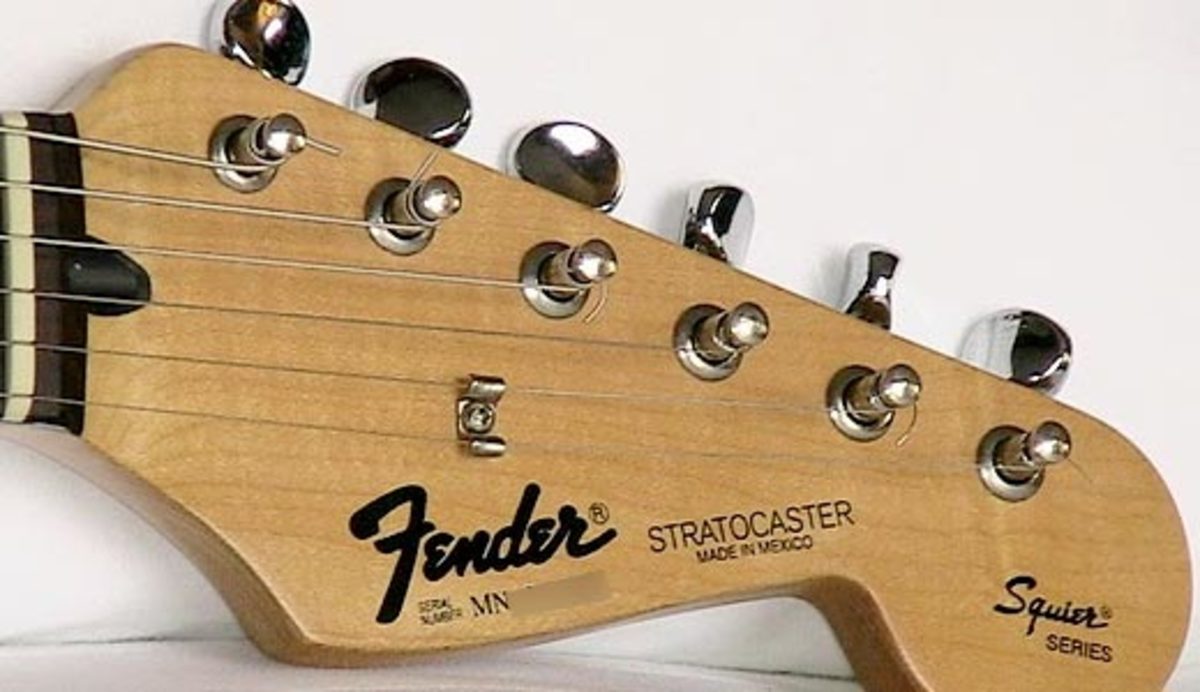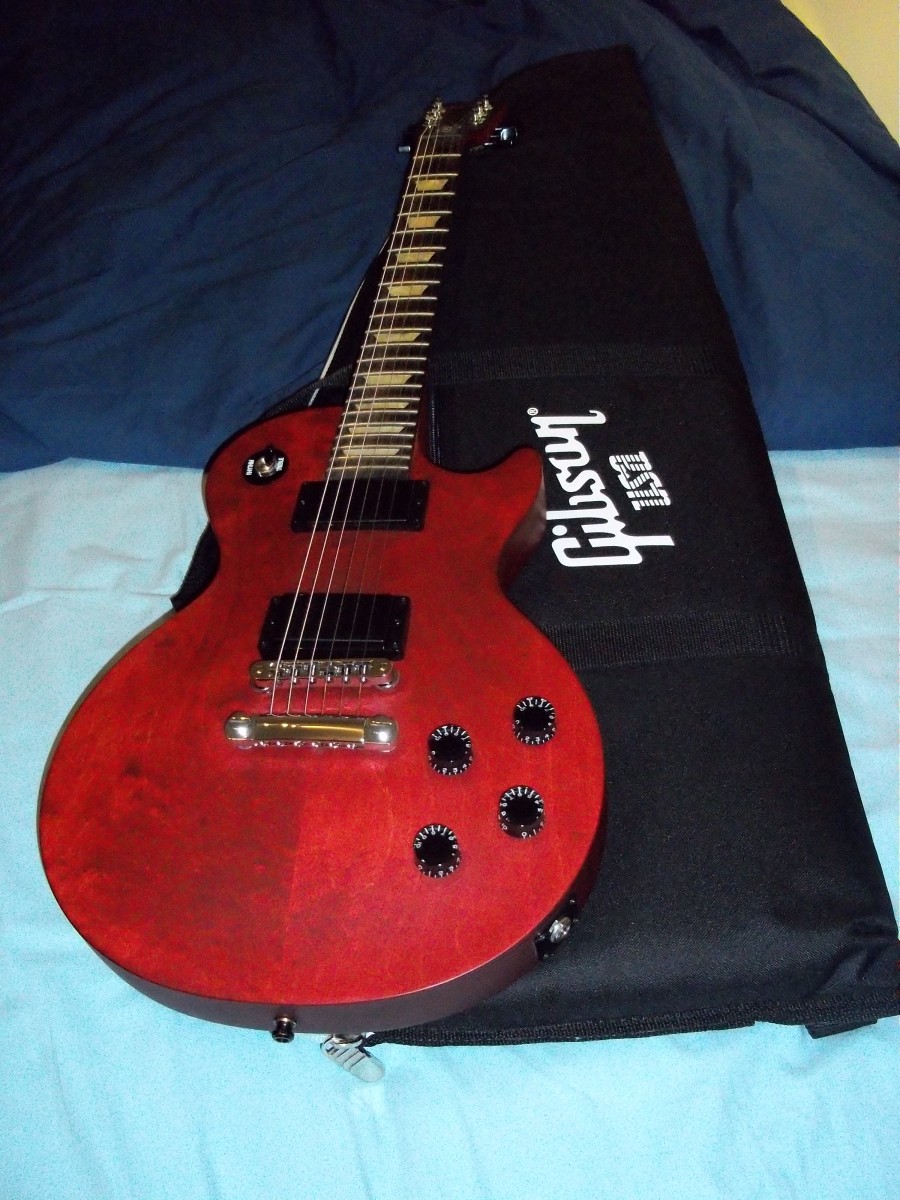Turning a Cheap Guitar Into Your Ultimate Guitar for a Quarter of the Price
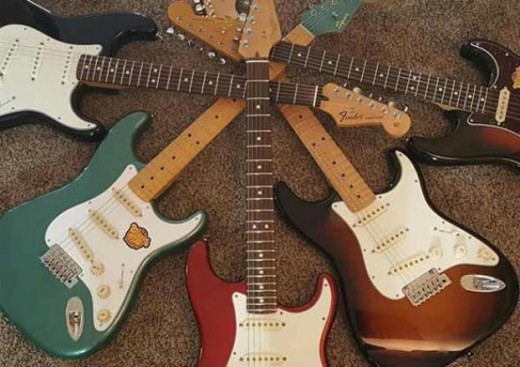
From lower end into higher end supremacy
Naturally, every guitarist wants the best. You listen to, watch, and idolize guitar players who inspire you to strive for an ever higher skill set.
Unfortunately, the gear they play on is way, way, way out of your price range. Fear not, humble player. You can convert a cheaper version into an expensive equivalent. Often you can do it for less than the price of the high dollar version being manhandled by the brand named rockstar. Who you ask? Well...a quick explanation first...
All Guitars Are Almost Created Equal
It wasn't so long ago that guitars (especially electric) were made in special ways. People touched them at all stages of development and production. Sculpted them. The great guitar builders of yore tinkered with their sounds via wood selection, shaping, wiring and modifying almost everything; all in an effort to give their creations an edge over the competition.
The guitars made by the greats live on today under the banners that were made great by them. The two biggest giants in the field, of course, are Fender and Gibson. They've built a legacy on their solidly built instruments that deliver tone, innovation and playability en masse.
It would stand to reason that in order to own a guitar on par with their quality, one would pay whatever price was demanded. After all, you "get what you pay for" in the end. A high priced guitar is...high priced for a reason. Yes?
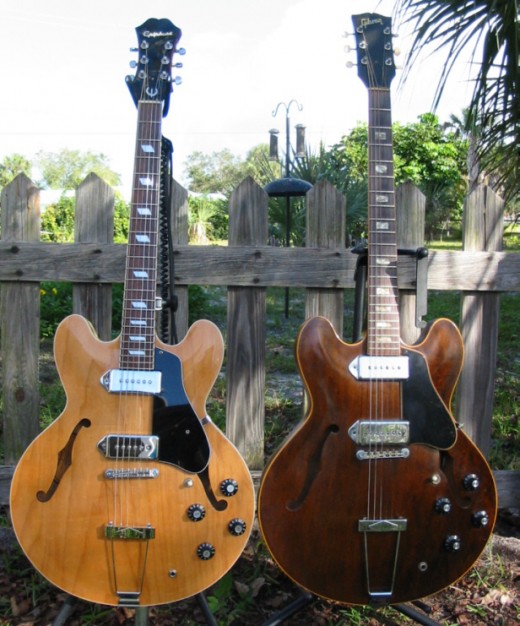
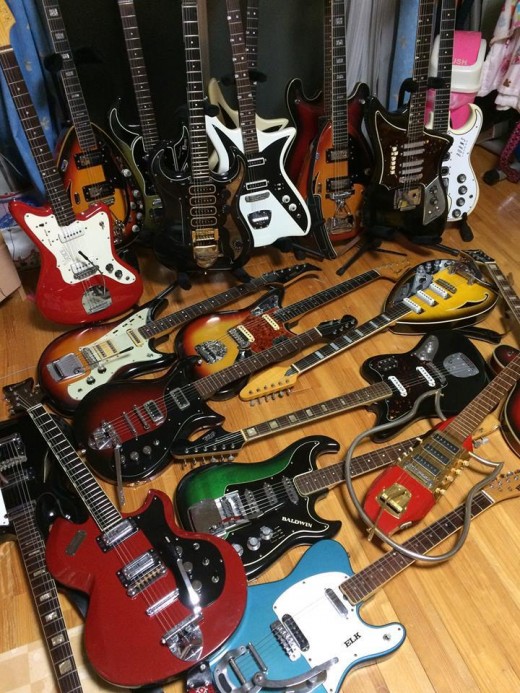
Making Any Guitar Great
Today, "getting what you pay for", isn't necessarily dollar for dollar. In fact, what you're paying for is a product that has become better over time...and is represented just as well...at lower prices.
The fact of the matter is: guitars are mostly made using CNC machines; even the expensive ones. More often than not, the expensive ones are made on the same kind of machine the cheaper lot were, just a different factory (sometimes).
Often, using the same blueprints and schematics; guitars are cut and shaped by automated saws and sanders. They deliver a product that is of a better and consistent quality than the guitars of yore.
So, when it boils down to the real differences between the expensive and cheap version of a guitar, there really isn't much to it. They're both great, for the most part.
Quality equals price
While spending more may buy a higher quality for some things, it's no longer true for the electric guitar. Instead, more money, means a better brand and very little more.
Major differences in quality, between less expensive offerings and higher end guitars, have been shrinking through the years. This is in part due to the mechanization of how a majority of the guitar's parts are manufactured. Automated and computer guided machinery have essentially taken the skill needed to cut, shape, and refine an electric guitar's finer points to almost nothing. Hence, the craftsmanship once heralded as, not only a hefty price qualifier, but the reasoning behind buying a "better" guitar is largely gone.
Even the pricier guitars are made on the same machines as their cheaper counterparts.
The Differences
There are some differences, of course. A guitar maker couldn't simply slap a bigger price tag on a guitar, identical to it's cheaper counterpart. Word tends to get around about such things and they go out of business (well, one would hope) relatively quickly.
The key differences between a less expensive model and it's high dollar counterpart comes down to the material used to make it and how it's implemented. A guitar's creation, has become mostly automated, so namely: wood, hardware and their set-up are the most explicit driver of higher cost justification.
The material chosen for expensive versions are usually.
Are they worth it?
Adherents to the "more money, means better quality" philosophy of guitar buying will tell you that a $3,000 guitar is worth every penny, as the material, electronics, hardware and craftsmanship more than justify the high price tag. Some would also say that the superiority in materials used (wood used, coatings, etc.) over their less pricier compadres are partly the reason as well. The proof, they might say, is in the "sound" or "tone" of all those elements combined that demand a high dollar.
One might also argue this used to be the case, but isn't any more.
Given the relative ease with which an electric guitar is manufactured today and the process by which a cheaper, lower end guitar is made. Higher pricing is getting harder and harder to justify, as the process to produce a less costly guitar is nearly identical to a higher end version.
Couple that with the realization that aforementioned material (wood, coatings, etc.) don't affect the tone and overall sound production of an electric guitar.
The logical reasoning to warrant an expensive guitar being "worth it", after stripping out the manufacture and materials, would be regarding nostalgia, hero envy, and brand name and model prestige.
Is a price tag in the thousands worth that? Probably not. However, that's a buyer's call to make.
Getting and expensive version on the cheap
For guitar players without the means to purchase an instrument tagged in the thousands of dollar range, there is an alternative; building, and upgrading.
Building an instrument comparable to a glossy expensive version, from the ground up, presents it's own host of problems. Cutting, shaping and grinding wood to form the basis of what the guitar will ultimately be requires specialized machinery and (somewhat) materials (if the hope is a near identical copy).
However, there are ways around the expense, if one is creative enough. "Kits" are available for a modest price that are ready made and simply require assembly. This usually requires a minimal amount of tools and skills. The prices of which fall well, well under the hundreds, if not thousands for a fully decked out version the player hopes to create.
Two Ways To Go Really
There are a few ways to get that expensive guitar of your dreams on the cheap; a few of them being:
- Order a counterfeit direct from China
- Build one from scratch
- Build on in the form of a kit
- Take an existing, similar guitar and have it meet the quality and specs of the more expensive version

Pickups
An electric guitar's pickups are the beating heart of it's sound. A player with a lower end guitar often sees a pickup upgrade as an opportunity to make a bad situation...a little bit better.
Why settle at "better", when you can clone the guitar of your dreams?
Here's how you do it:
- Research your favorite guitar's specs.
- Pay close attention to the specs of the pickups. (a quick look would be the K value of the pickup)
- Find a replacement as close to those specs as possible.
What to look for
Try and find a lower cost pickup that matches the specs of the higher end guitar. For instance, A "Blackguard Telecaster's" pickups (according to the Fender Custom Shop are: [DC Resistance]
Neck: 7.0k ohms
Bridge: 7.4k ohms
And
Inductance
Neck: 2.2 henries
Bridge: 4.0 henries
Find a cheaper set to match those specs and you're golden.
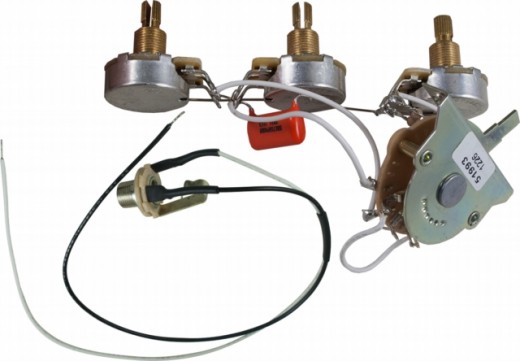
Electronics
Next would be the electronics. These are a tad bit easier, yet difficult at the same time. Most manufacturers don't publish much in the way of potentiometer detail, capacitor or switch manufacturer, but all of those can be approximated. Researching is your friend when it comes to duplicating the electronics part list.
What really affects the "cloning" aspect, as far as electronics is the wiring scheme. Which, back in the old days was done with a lot of guess work (unless you owned and took apart, or knew someone who worked on [and took apart] those more expensive guitars).
Now, however, with guitarist's generosity of information sharing, you can look up a legendary guitar's wiring diagram with ease. In fact, a good many pickup manufacturers publish various wiring diagrams on their websites...for free.
Wiring diagram in hand, you can take it to your local electric guitar luthier/hobbyist friend/electronics enthusiast to solder everything together and install.
If, you want to tackle the job on your own, you'll need a few things first:
- The wiring diagram of the guitar you're trying to emulate
- A soldering iron (preferably 35w, as it's not too hot to fry the parts, but hot enough to solder with)
- Solder (preferably 60 tin/40 lead will do the job)
- Desoldering braid (for those of us who don't solder very well)
- Copper wire (preferably shielded)
- Wire cutters (preferably with strippers on them)
- Aluminum or copper tape (for static shielding purposes [personal preference])
Filing, Painting and Bolting
If you're building your own from scratch (or a kit), you'll also have to purchase items for the woodworking and finishing that will be required to meet the quality of the expensive version.
- grain filler
- stain
- lacquer (or clear coat)
- sand paper (from 400 up to 2000)
- wood glue
It should be noted that a lot of the justification for an expensive guitar is the quality of it's finish. This comes from years of experience, with an eye for detail, and how to address and correct mistakes. Keep that in mind if choosing to do your own finishing, as amateur results will vary wildly.
Cosmetics
If you're building up your own version, usually from scratch, you might be able to match your higher end inspiration by manipulating the stain, color or paint scheme. This is usually seen as a minor thing, but for some it's a make or break point.
Color matching your guitar to your source can be tricky. Often you can scour the many sites of retailers selling the higher end version, as many sometimes list more detailed descriptions of what the finish entails. Mentioning of whether the lacquer used on vintage remakes is nitrocellulose or has a more modern finish of polyurethane or polyester is something to look for, as it can be used in the replication process.
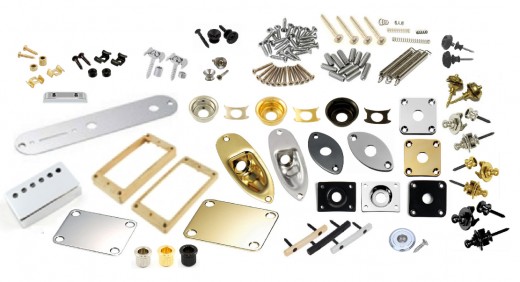
Hardware
Hardware used in the building of a guitar (aside from the choice of wood) is where companies do a lot of saving. Hardware found in most kits isn't that great; the tuners grind or slip, the bridge can be a cheaply chromed, flaking mess, etc.
Getting a dream guitar out of that is, asking a bit much, so it's best to replace the hardware with something comparable to the original you're trying to copy. Surprisingly, a number of companies (usually Chinese) sell hardware that is well made, at a good price point, and is almost indiscernible from the "real deal".
Keep in mind, however, that there are differences in measurement used in other countries. If trying to clone an American made guitar, the measurements are in standard, not metric. Manufacturers, especially in other countries, use metric. While it can be a task to find one selling parts in standard, they do exist, it just takes a bit of hunting.
The Hassle.
Overall, nothing beats building your own guitar, especially when you have an endgame in mind. Getting your dream guitar in your hands (albeit in a roundabout, time consuming way), you learn a lot about what is "under the hood" of the instrument. Plus, it's a fantastic money saver.
There are problems that will be encountered, obviously. Depending on where the wood, parts, kit or however you go about building one up, problematic flaws will emerge. If one decides to go with a cheaper kit or part, it often comes with issues that the buyer will have to remedy himself. Fretwire overhang, fret leveling, wonky necks, rough cut pieces are all common irregularities when it comes to building an electric guitar from the wood up.
Keep the hassle in mind when deciding to build your dream guitar yourself.
Author's Note:
I've built and upgraded a few guitars myself over the years. My favorite are the oddballs. While trying to replicate a $4000 Gibson Florentine, I bought the kit linked to below. It was the first guitar I ever put together myself. After upgrading the hardware, electronics and such, I managed to save $3,600. It came out fantastically. It has since become one of my favorites, I've used it in a couple of shows too.
Skipping ahead with upgrading.
The other, most reliable route, that bypasses a lot of the complexity of building one up from the wood, is buying a cheaper guitar and upgrading. This is accomplished, of course, with buying a less priced, comparable guitar and upgrading it's components.
This is usually the easiest way to go, but can be more expensive depending on the amount of money dropped on the cheaper guitar. For instance: upgrading an Epiphone to something comparable to a Gibson might mean buying a $400 to $800 dollar Epiphone...to start. For a lot of frugal guitar players, that entry price is a non-starter, as the amount needed to spend on pickups, hardware, etc. isn't even factored in yet.
Author's Note:
I've taken cheap guitars and upgraded them as well. A lot of the times, it's taken very little to get them to sound as good as the more expensive guitar I'm trying to emulate. Again, I like to try oddball things, so in this case, I took a Monoprice guitar (the exact one below); repainted it and substituted one pickup (the middle one) with a Gibson Burstbucker from eBay. It was an attempt to recreate a more expensive Wayne Kramer signature Strat. The results were incredible. I recommend it.
After all...
After all is said and done, it's reasonable to simply save your entire life and hope your dream guitar is available (and hasn't skyrocketed in price). There's a lot to be said about having "the real thing". It's...you know...genuine. Who doesn't want a 59' Strat or a 59' Les Paul for that matter? They're dream gear for a lot of guitar players.
Unfortunately, the stacks of cash needed to make those dreams come true are a little out of reach for...almost all of them.
Regardless, less expensive alternatives are out there...and are really, really, really close to the real thing. Seriously. They can be almost indistinguishable. Why not give it a shot?



